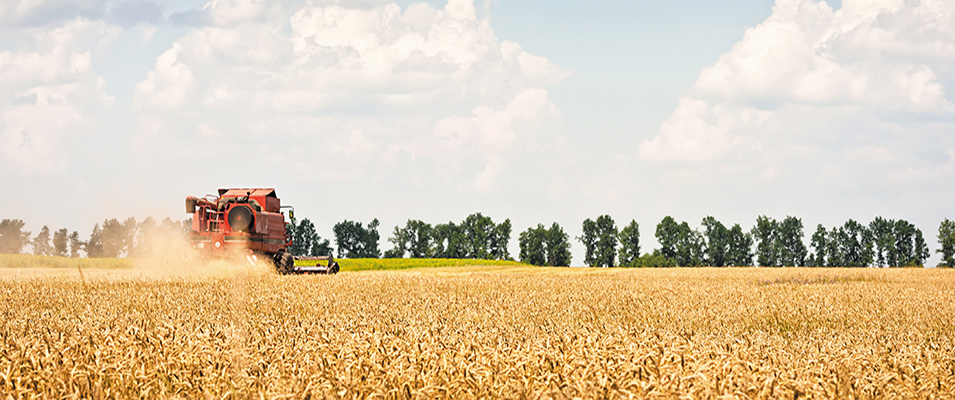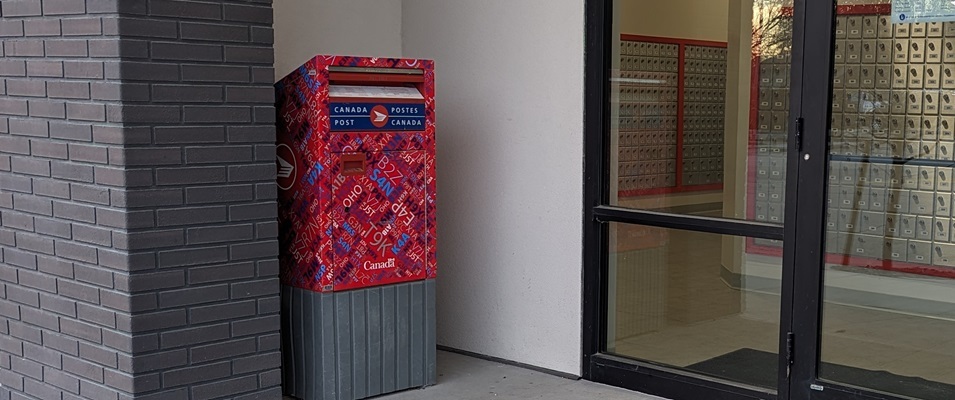
It’s twilight on a sticky August evening five kilometres west of Niverville. As the sun dips below the treeline, Steve Schultz steers a John Deere S680 combine through a field of wheat pressed up against Provincial Road 200.
Though he’s piloting the machine at only four miles an hour, make no mistake, he’s racing it. Not in competition with the half-dozen other combines working this field tonight, but against a couple of far fiercer and less forgiving opponents. Schultz is going wheel-to-wheel with the greatest foes and greatest friends any farmer ever had: Mother Nature and time.
The former has wreaked havoc with all our summers. Hard rains have seemed to fall nightly, delaying football games and dousing campfires since school let out. And while most of us have been inconvenienced or even exasperated, for farmers, the endless wetness threatens more serious outcomes.
The latter, of course, is the ultimate unstoppable force. Time is ever rolling and never ceding. And for farmers racing to get a crop off, there’s just never enough of it.
Schultz has been farming southeastern Manitoba since there was a lot more corn and a lot fewer cul-de-sacs growing out of the soil. For the last four years, he’s been working as a combine operator for Artel Farms in the Niverville area. Behind the wheel of his iconic forest green prairie monster, he glances at an on-board computer. 81 bushels an acre. Not bad at all. Schultz has seen more than a few harvests and knows this one is looking pretty good considering the wet summer.
Nearby, Grant Dyck keeps tabs on the proceedings from the cab of his truck. Dyck’s family owns the 14,000-acre Artel operation. Like Schultz, he’s seen many harvest moons rise and he agrees that the early returns are positive.
“Overall I’m pleasantly surprised given the water,” says Dyck while noting that wet ground can still make field operations difficult. “We haven’t had that two-week run of warm and dry weather we usually get. Spring felt dry, but then the rain didn’t stop.”
Over at Apex Farms, Dustin Wiebe agrees. They’ve had challenges with moisture in their field just east of Niverville ever since the town blocked a key culvert in advance of the 1997 flood and then never really replaced it. Still, by the time the last days of August started winding down, they had all their barley and wheat off with plans to get to the beans in September.
“With all the rain we’ve had, it took so long for the wheat to dry down,” says Wiebe. But overall, he’s pleased with the look of this year’s bounty. “We put up a whole bunch of bins two years ago. We keep putting up more bins and everything is full.”
Besides, Wiebe will take this kind of summer any year compared to one that’s too dry.
“Water you can drain,” notes Wiebe. “Drought, we aren’t set up for that.”
For Dyck, the first priority is getting the wheat and oats harvested. “Once you get the cereals off, there’s a lot less pressure,” he says.
Then come the canola and soybeans, which need a certain amount of sun, and finally the corn.
Anybody who’s ever driven through the open prairie from late August through late October can see the kind of hours people like Dyck, Schultz, and Wiebe put in. They’re out as soon as the dew is off the ground each morning and don’t head home until the ground gets too tough to work at night. Then there’s the ever-present threat of an early frost—and of course all this rain. Still, when you talk to them, their passion shines through and you get the sense they wouldn’t want any other life.
A nice harvest doesn’t hurt either. Besides, a little rain never hurt anybody.
“It’s actually remarkable,” Dyck concludes, “how well the crops have fared given the extreme amount of moisture we’ve had.”



















